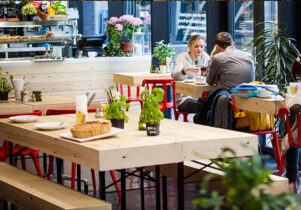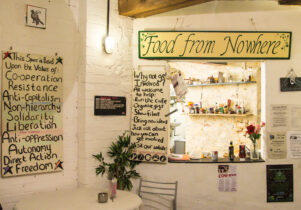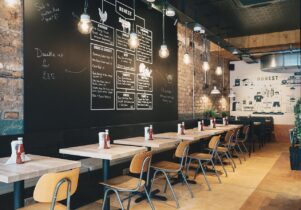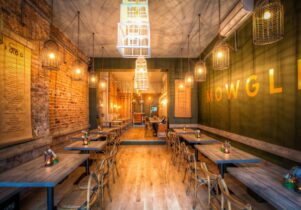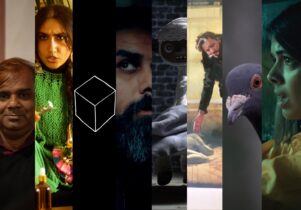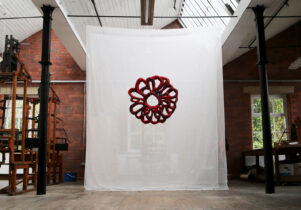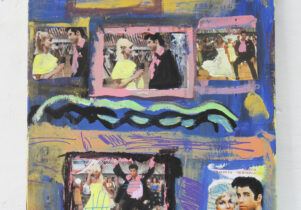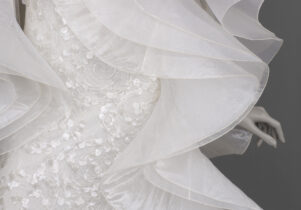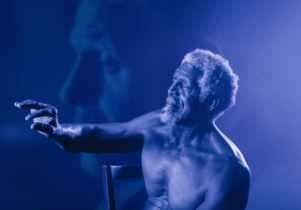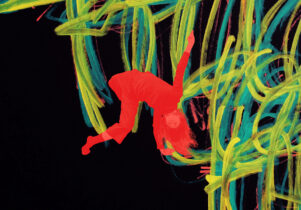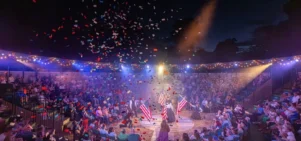On the other side at FACT
Maja Lorkowska, Exhibitions EditorVisit now
On the other side
Always double check opening hours with the venue before making a special visit.
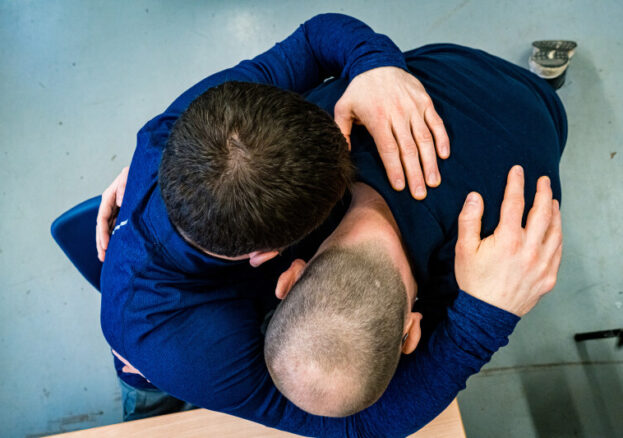
FACT’s spring exhibition focuses on themes of authority and power. Three artists examine systems of control and from the perspectives of those who design them, those who administer them, and those who are subject to their enforcement.
On the other side presents brand new work from Melanie Crean and Katrina Palmer alongside an existing video work from Pilvi Takala.
Prisons and incarceration are prominent motifs throughout the show, with Crean and Palmer’s work both being the result of collaboration with people from across Liverpool, York and Rochdale who have experiences with the justice system.
On the other side gathers mostly installation, film pieces and sculpture. You’ll encounter Crean’s multi-channel video installation: A Machine to Unmake You (M2UY) (2019-2024), a piece created with staff and incarcerated veterans at HMP Altcourse in Fazakerley, Liverpool. The film is a result of workshops and conversations about life in the armed forces and the return to civilian life as well as the experience of prison. The cryptic title refers to a specific observation from the participants about military training being like a machine and the lack of its equivalent to “unmake them” back into civilians. Crean’s work will be accompanied by a publication too, from May 2024.
Palmer’s work utilises the power of the written word. Her piece Sentences (2023) is a book of texts produced with people within the justice system: prison officers, prison education professionals, academics and people who are currently incarcerated. The artist offers fiction and narrative storytelling as a way to explore relative freedoms but also to delve into the way that incarceration exists in the collective imagination of those who have never experienced it.
Takala’s Close Watch (2022) was originally commissioned for the Pavilion of Finland at the 59th Biennale di Venezia. The work gained critical acclaim for its compelling portrayal of a world many of us encounter on a regular basis but don’t have much knowledge of. The multi-channel installation is inspired by the artist’s experiences as a security guard in a shopping mall. The piece reveals the working conditions, lack of regulation and comments on how the private security industry has created an infrastructure for the distribution of power in public spaces.
The exhibition benefits from a focused, unhurried visit as is often the case for time-based media pieces. There is a variety of perspectives and nuances to delve into on issues that directly affect us all as citizens so this is not one to miss.
